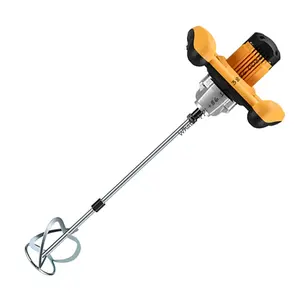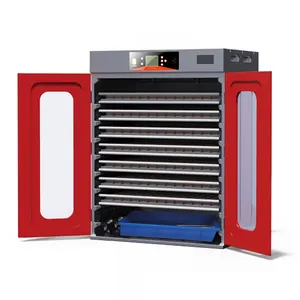Popular in your industry








































































Top categories
About textile looms for sale
Textile looms are machines designed for weaving and are fundamental in the textile industry. They are used to create woven fabrics by interlacing two sets of yarn or thread at right angles to each other. The primary components of a weaving machine include a loom, warp beam, heddles, and a cloth beam. The loom provides the structure, the warp beam stores the lengthwise threads, heddles control the up-and-down movement of the warp threads, and the cloth beam stores the completed fabric. Textile looms range from traditional hand-operated models to modern computerized versions, allowing for a wide range of fabric designs and production capabilities.
Types of Textile Looms
There are several types of used weaving machines for sale, each suited for specific weaving processes and fabric types. A common type is the shuttle loom, which uses a shuttle to pass the weft yarn back and forth through the warp threads. On the other hand, air-jet looms use compressed air to propel the weft yarn across the warp threads at high speeds. Rapier looms, which can be hand-operated or modern machines, use a rapier or flexible solid element to carry the weft yarn through the shed. Another type is projectile looms that use a small bullet-like shuttle to carry the weft yarn across the warp threads. Water jet and water looms use water streams to insert the weft yarn.
Applications of Textile Looms
Textile looms are essential in the production of various woven fabrics, ranging from simple patterns to intricate designs. They are commonly used in the creation of apparel, including shirts, pants, dresses, and more. Additionally, textile looms are crucial in the manufacturing of home textiles such as bed linens, towels, and curtains. The second-hand rapier looms are also widely utilized in the production of technical textiles, including industrial fabrics, geotextiles, and automotive textiles. Furthermore, textile looms play a vital role in the production of traditional textiles, like carpets, rugs, and tapestries.
How to Choose Textile Looms
Choosing the right textile loom involves considering various factors, including the type of fabric to be woven, the desired production volume, and the available budget. For example, air-jet looms are suitable for high-speed production of lightweight fabrics, while rapier looms are versatile and can handle a wide range of fabric types. Businesses with limited capital may opt for used Picanol rapier looms for sale, which offer cost-effective solutions for manufacturing woven textiles. Additionally, the weaving width of the loom should align with the desired fabric width to minimize material waste and optimize production efficiency. Moreover, the weaving machine's compatibility with modern technologies, such as computer-aided design (CAD) systems and electronic dobby or jacquard mechanisms, can enhance design capabilities and overall operational efficiency.






















